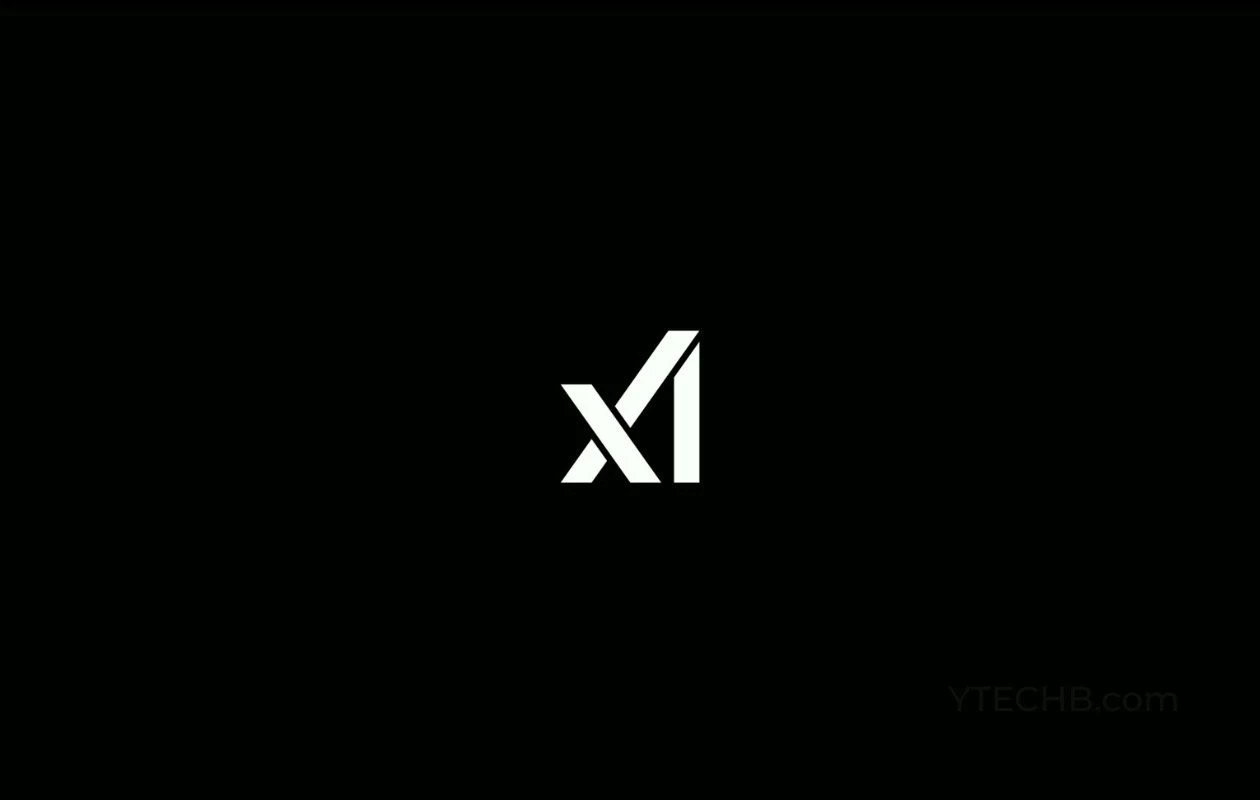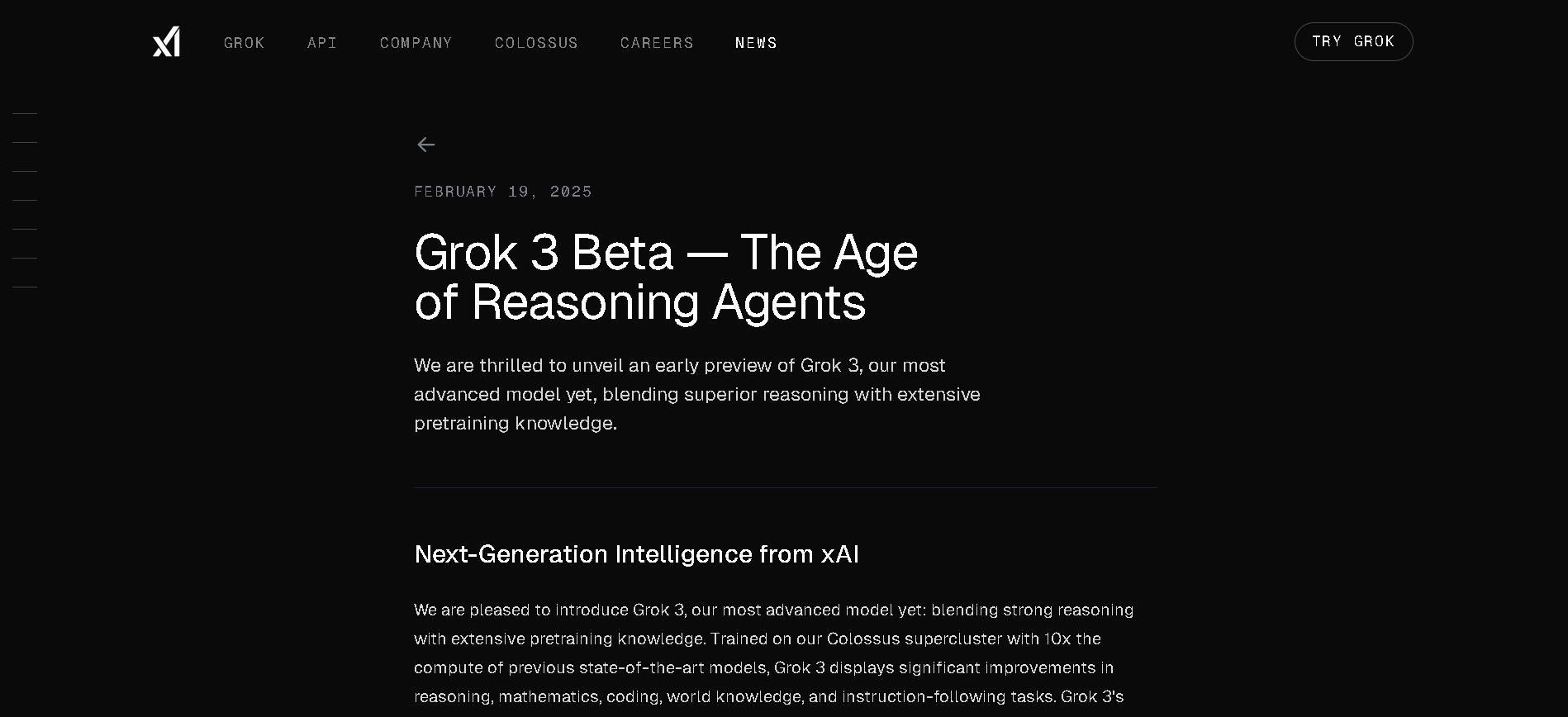
- Developers & Engineers: Ideal for live chatbots, customer support systems, interactive apps, and pipelines that must minimize lag.
- Stems & Coding Teams: Use in prompt-heavy reasoning or debugging flows where speed matters.
- Enterprises: Streamline high-throughput tasks—like document parsing or transactional Q&A.
- Researchers & Analysts: Obtain rapid experimental results without sacrificing reasoning ability.
- Startups & Scaleups: Benefit from flagship performance with faster responses in user-facing experiences.
How to Use Grok 3 Fast?
- Call via xAI API: Use `grok-3-fast` or `grok-3-fast-beta` model IDs for OpenAI-compatible calls.
- Send Contextual Prompts: Input text and optional images (multimodal) up to 131K tokens.
- Receive Faster Outputs: Enjoy the same reasoning, coding, and multimodal responses as Grok 3, but with reduced latency.
- Monitor Usage: Priced at approximately $5 per million input tokens and $25 per million output tokens.
- Integrate Seamlessly: Compatible with OpenAI-style SDKs and prompt frameworks for easy deployment.
- Speed with Full Feature Parity: Same model architecture and output quality as Grok 3, but delivers them faster.
- Large Context Window: Supports 131K tokens—enabling long-form tasks with no performance trade-offs.
- Optimized Serving: Infrastructure tuned for ultralow latency performance without sacrificing reasoning power.
- OpenAI-Compatible API: Easily plugs into existing systems using familiar interfaces.
- Enterprise-Grade Capabilities: Suited for high-scale business use cases—chat, automation, code, and document workflows.
- Same output quality as flagship model, delivered faster
- Supports very long context for detailed tasks
- Integrates smoothly via OpenAI-style API
- Ideal for high-throughput or low-latency enterprise apps
- Maintains multimodal and reasoning features
- Higher cost versus standard Grok 3—$5/$25 vs $3/$15 per million tokens
- No visible chain-of-thought stream (“Think”)—use Grok 3 Mini for transparent reasoning paths
- “Big Brain” mode not available in Fast tier—reserved for flagship models
Free Tier
$ 0.00
Limited access to DeepSearch
Limited access to DeeperSearch
Super Grok
$30/month
More Aurora Images - 100 Images / 2h
Even Better Memory - 128K Context Window
Extended access to Thinking - 30 Queries / 2h
Extended access to DeepSearch - 30 Queries / 2h
Extended access to DeeperSearch - 10 Queries / 2h
API
$5/$25 per 1M tokens
Cached Input - $1.25/M
Output - $25.00/M
Proud of the love you're getting? Show off your AI Toolbook reviews—then invite more fans to share the love and build your credibility.
Add an AI Toolbook badge to your site—an easy way to drive followers, showcase updates, and collect reviews. It's like a mini 24/7 billboard for your AI.
Reviews
Rating Distribution
Average score
Popular Mention
FAQs
Similar AI Tools
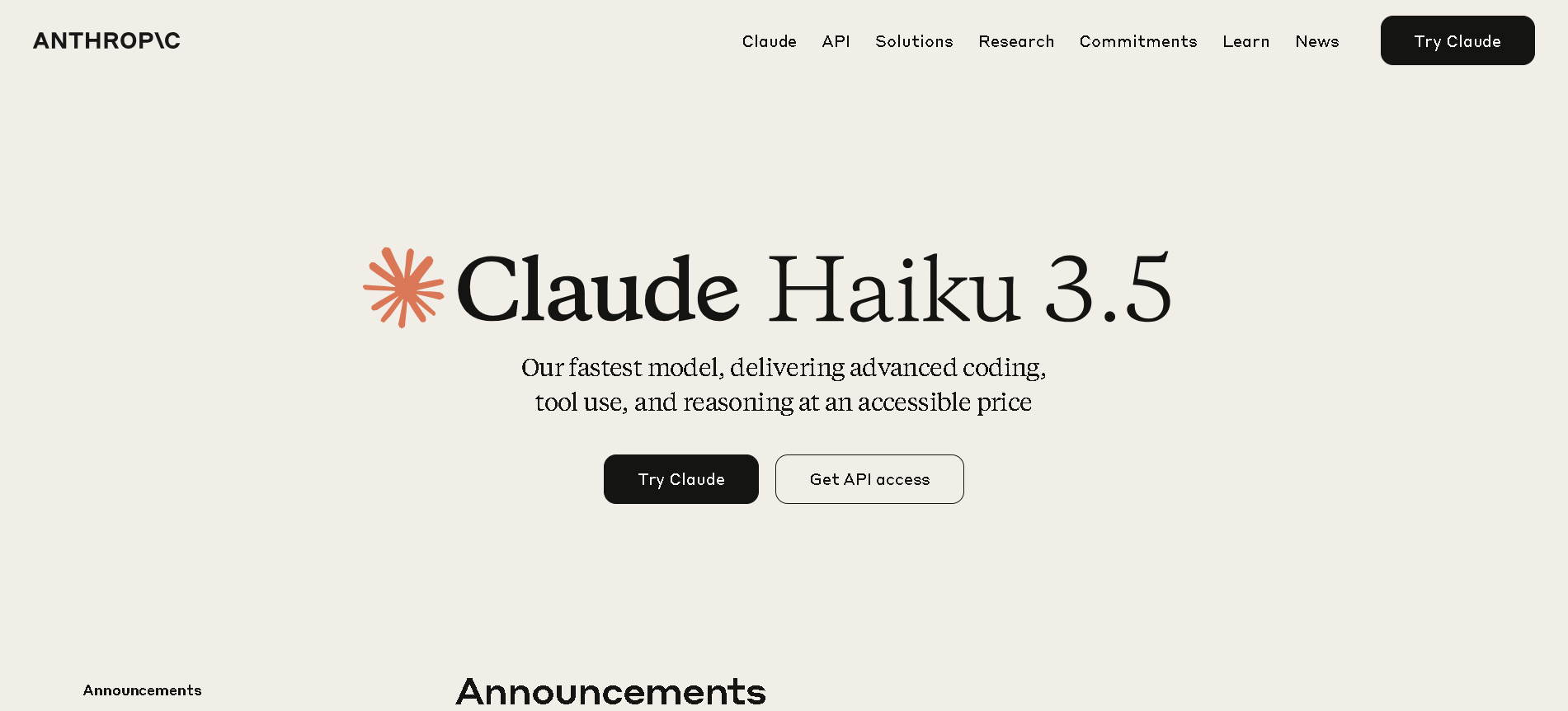

Claude 3.5 Haiku
Claude 3.5 Haiku is Anthropic’s fastest and most economical model in the Claude 3 family. Optimized for ultra-low latency, it delivers swift, accurate responses across coding, chatbots, data extraction, and content moderation—while offering enterprise-grade vision understanding at significantly reduced cost


Claude 3.5 Haiku
Claude 3.5 Haiku is Anthropic’s fastest and most economical model in the Claude 3 family. Optimized for ultra-low latency, it delivers swift, accurate responses across coding, chatbots, data extraction, and content moderation—while offering enterprise-grade vision understanding at significantly reduced cost


Claude 3.5 Haiku
Claude 3.5 Haiku is Anthropic’s fastest and most economical model in the Claude 3 family. Optimized for ultra-low latency, it delivers swift, accurate responses across coding, chatbots, data extraction, and content moderation—while offering enterprise-grade vision understanding at significantly reduced cost
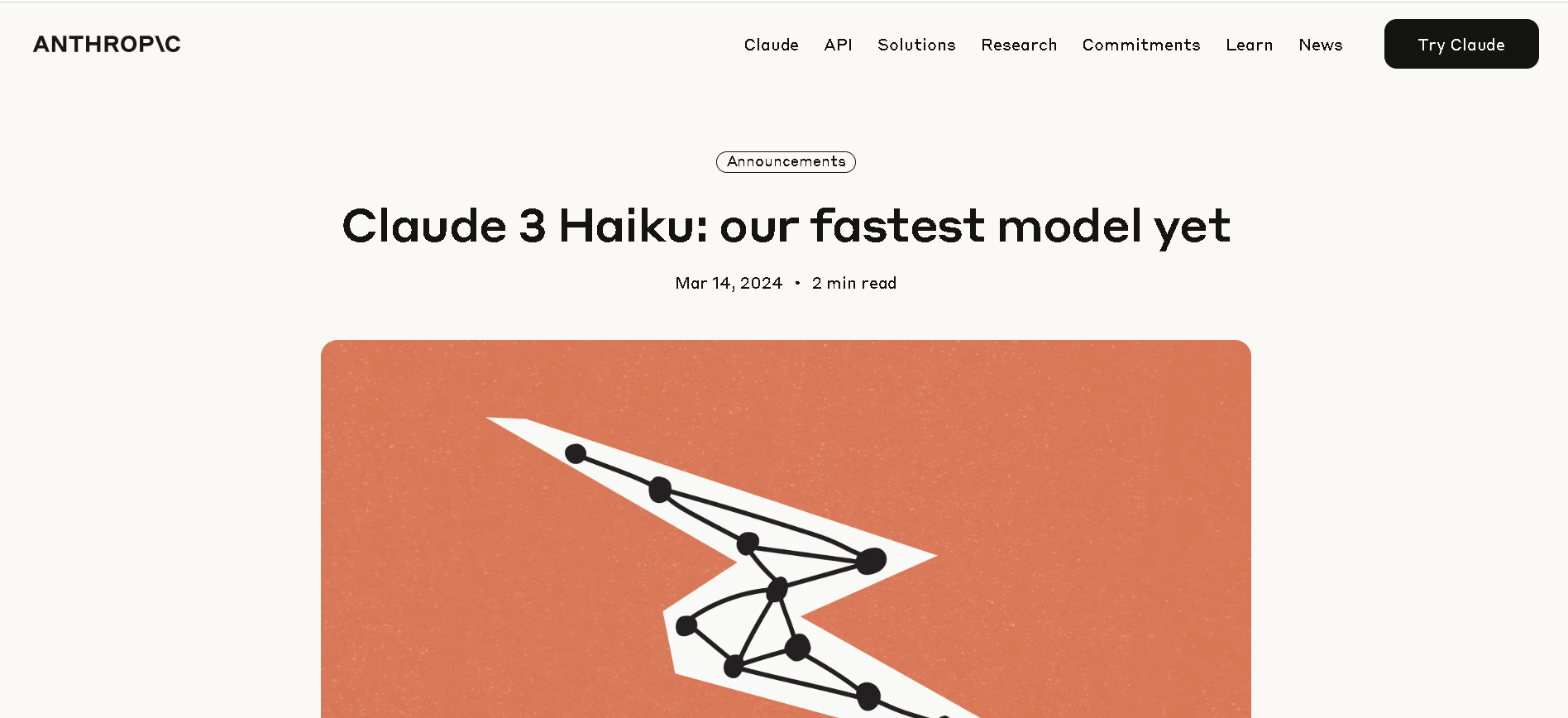
Claude 3 Haiku
Claude 3 Haiku is Anthropic’s fastest and most affordable model in its Claude 3 family. It processes up to 21K tokens per second under 32K token prompts, delivers enterprise-grade vision and text understanding, and can analyze large datasets or image-heavy content in near real-time—all while offering ultra‑low latency and cost.

Claude 3 Haiku
Claude 3 Haiku is Anthropic’s fastest and most affordable model in its Claude 3 family. It processes up to 21K tokens per second under 32K token prompts, delivers enterprise-grade vision and text understanding, and can analyze large datasets or image-heavy content in near real-time—all while offering ultra‑low latency and cost.

Claude 3 Haiku
Claude 3 Haiku is Anthropic’s fastest and most affordable model in its Claude 3 family. It processes up to 21K tokens per second under 32K token prompts, delivers enterprise-grade vision and text understanding, and can analyze large datasets or image-heavy content in near real-time—all while offering ultra‑low latency and cost.
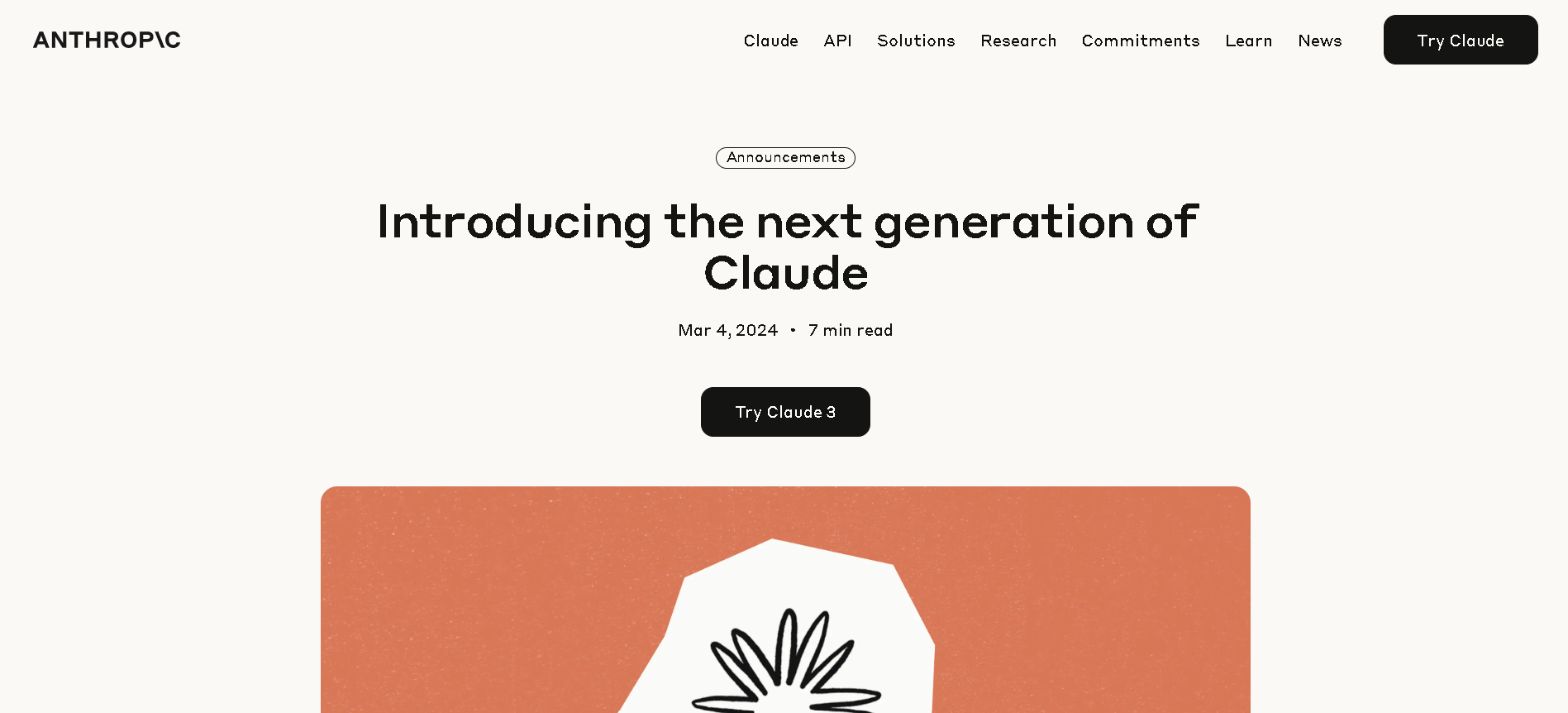
Claude 3 Sonnet
Claude 3 Sonnet is Anthropic’s mid-tier, high-performance model in the Claude 3 family. It balances capability and cost, delivering intelligent responses for data processing, reasoning, recommendations, and image-to-text tasks. Sonnet offers twice the speed of previous Claude 2 models, supports vision inputs, and maintains a 200K‑token context window—all at a developer-friendly price of $3 per million input tokens and $15 per million output tokens.

Claude 3 Sonnet
Claude 3 Sonnet is Anthropic’s mid-tier, high-performance model in the Claude 3 family. It balances capability and cost, delivering intelligent responses for data processing, reasoning, recommendations, and image-to-text tasks. Sonnet offers twice the speed of previous Claude 2 models, supports vision inputs, and maintains a 200K‑token context window—all at a developer-friendly price of $3 per million input tokens and $15 per million output tokens.

Claude 3 Sonnet
Claude 3 Sonnet is Anthropic’s mid-tier, high-performance model in the Claude 3 family. It balances capability and cost, delivering intelligent responses for data processing, reasoning, recommendations, and image-to-text tasks. Sonnet offers twice the speed of previous Claude 2 models, supports vision inputs, and maintains a 200K‑token context window—all at a developer-friendly price of $3 per million input tokens and $15 per million output tokens.
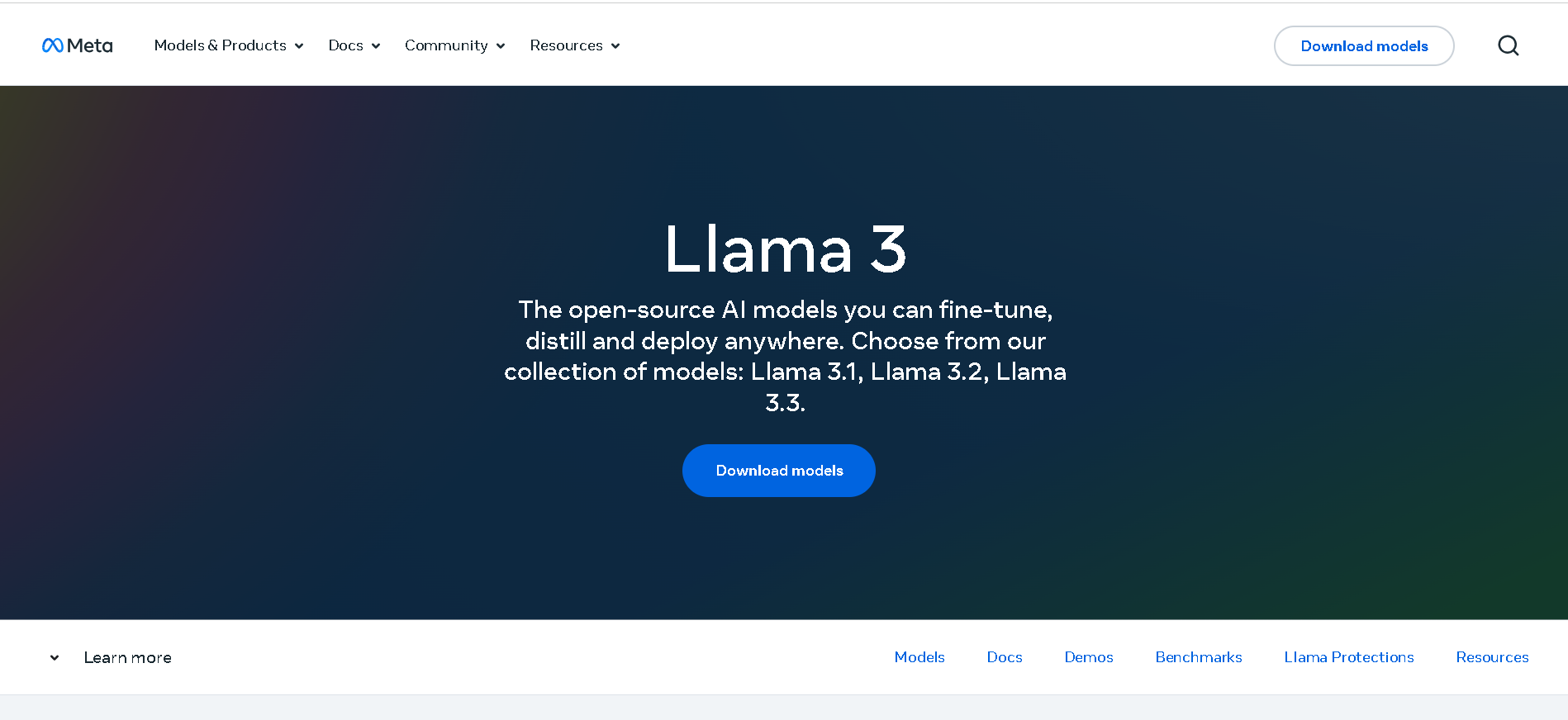
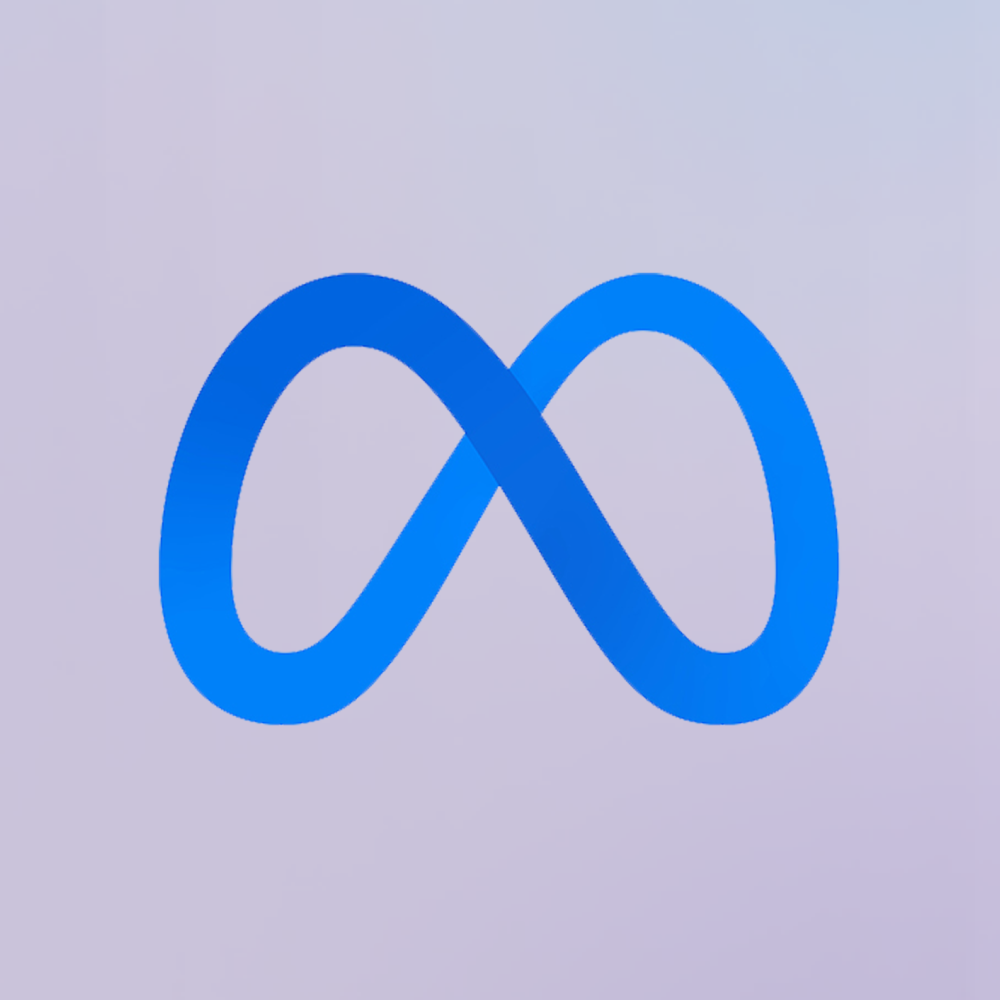
Meta Llama 3
Meta Llama 3 is Meta’s third-generation open-weight large language model family, released in April 2024 and enhanced in July 2024 with the 3.1 update. It spans three sizes—8B, 70B, and 405B parameters—each offering a 128K‑token context window. Llama 3 excels at reasoning, code generation, multilingual text, and instruction-following, and introduces multimodal vision (image understanding) capabilities in its 3.2 series. Robust safety mechanisms like Llama Guard 3, Code Shield, and CyberSec Eval 2 ensure responsible output.


Meta Llama 3
Meta Llama 3 is Meta’s third-generation open-weight large language model family, released in April 2024 and enhanced in July 2024 with the 3.1 update. It spans three sizes—8B, 70B, and 405B parameters—each offering a 128K‑token context window. Llama 3 excels at reasoning, code generation, multilingual text, and instruction-following, and introduces multimodal vision (image understanding) capabilities in its 3.2 series. Robust safety mechanisms like Llama Guard 3, Code Shield, and CyberSec Eval 2 ensure responsible output.


Meta Llama 3
Meta Llama 3 is Meta’s third-generation open-weight large language model family, released in April 2024 and enhanced in July 2024 with the 3.1 update. It spans three sizes—8B, 70B, and 405B parameters—each offering a 128K‑token context window. Llama 3 excels at reasoning, code generation, multilingual text, and instruction-following, and introduces multimodal vision (image understanding) capabilities in its 3.2 series. Robust safety mechanisms like Llama Guard 3, Code Shield, and CyberSec Eval 2 ensure responsible output.
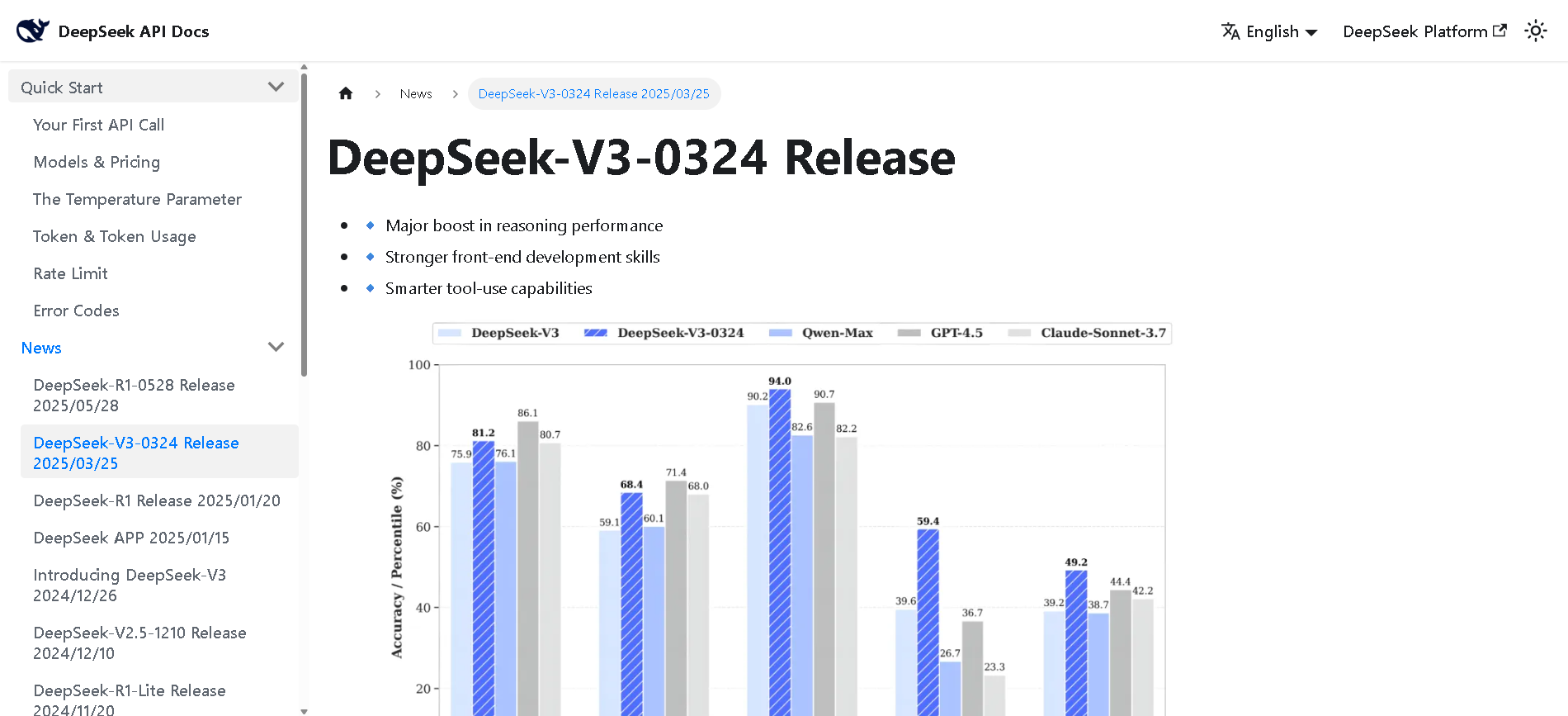
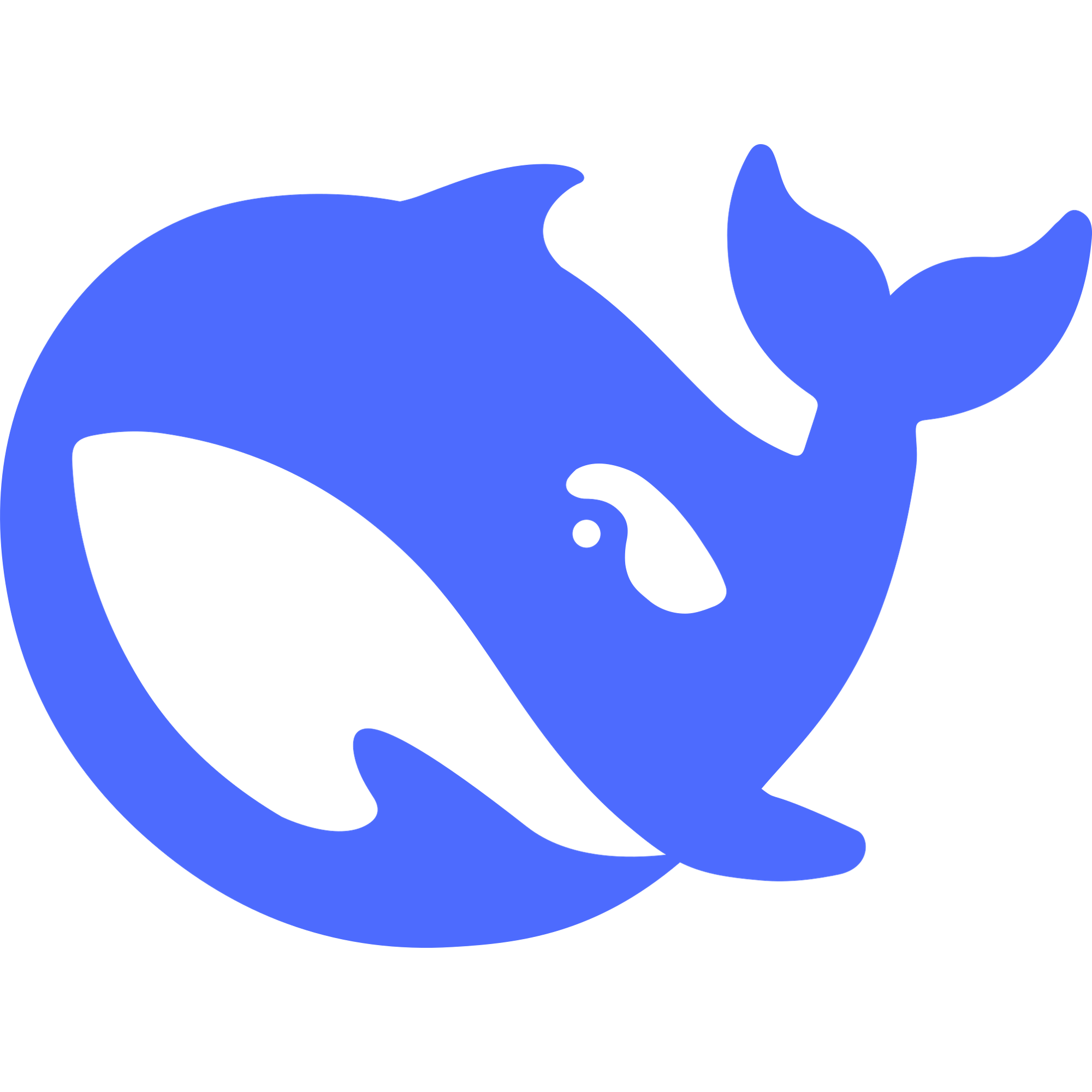
DeepSeek-V3-0324
DeepSeek V3 (0324) is the latest open-source Mixture-of-Experts (MoE) language model from DeepSeek, featuring 671B parameters (37B active per token). Released in March 2025 under the MIT license, it builds on DeepSeek V3 with major enhancements in reasoning, coding, front-end generation, and Chinese proficiency. It maintains cost-efficiency and function-calling support.


DeepSeek-V3-0324
DeepSeek V3 (0324) is the latest open-source Mixture-of-Experts (MoE) language model from DeepSeek, featuring 671B parameters (37B active per token). Released in March 2025 under the MIT license, it builds on DeepSeek V3 with major enhancements in reasoning, coding, front-end generation, and Chinese proficiency. It maintains cost-efficiency and function-calling support.


DeepSeek-V3-0324
DeepSeek V3 (0324) is the latest open-source Mixture-of-Experts (MoE) language model from DeepSeek, featuring 671B parameters (37B active per token). Released in March 2025 under the MIT license, it builds on DeepSeek V3 with major enhancements in reasoning, coding, front-end generation, and Chinese proficiency. It maintains cost-efficiency and function-calling support.
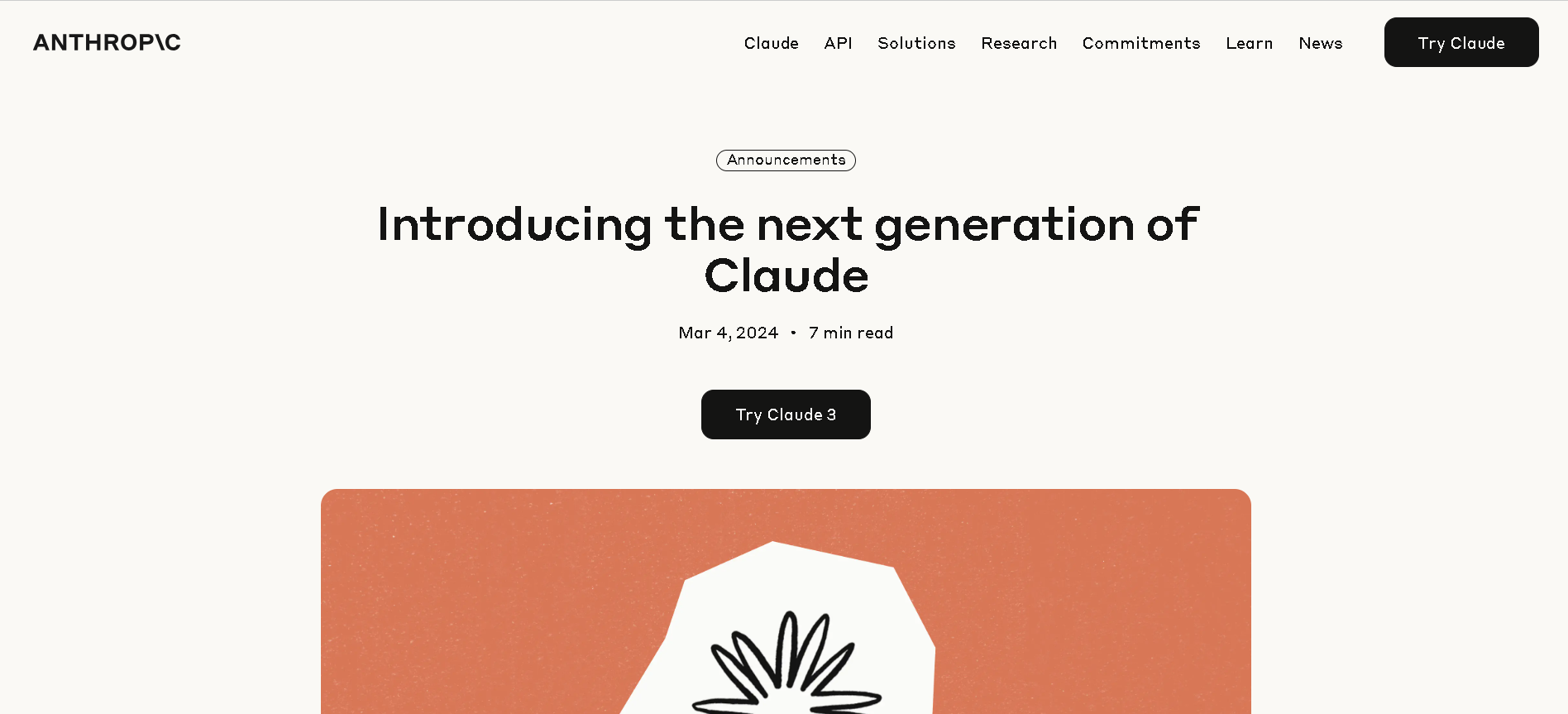

Claude 3 Opus
Claude 3 Opus is Anthropic’s flagship Claude 3 model, released March 4, 2024. It offers top-tier performance for deep reasoning, complex code, advanced math, and multimodal understanding—including charts and documents—supported by a 200K‑token context window (extendable to 1 million in select enterprise cases). It consistently outperforms GPT‑4 and Gemini Ultra on benchmark tests like MMLU, HumanEval, HellaSwag, and more.


Claude 3 Opus
Claude 3 Opus is Anthropic’s flagship Claude 3 model, released March 4, 2024. It offers top-tier performance for deep reasoning, complex code, advanced math, and multimodal understanding—including charts and documents—supported by a 200K‑token context window (extendable to 1 million in select enterprise cases). It consistently outperforms GPT‑4 and Gemini Ultra on benchmark tests like MMLU, HumanEval, HellaSwag, and more.


Claude 3 Opus
Claude 3 Opus is Anthropic’s flagship Claude 3 model, released March 4, 2024. It offers top-tier performance for deep reasoning, complex code, advanced math, and multimodal understanding—including charts and documents—supported by a 200K‑token context window (extendable to 1 million in select enterprise cases). It consistently outperforms GPT‑4 and Gemini Ultra on benchmark tests like MMLU, HumanEval, HellaSwag, and more.
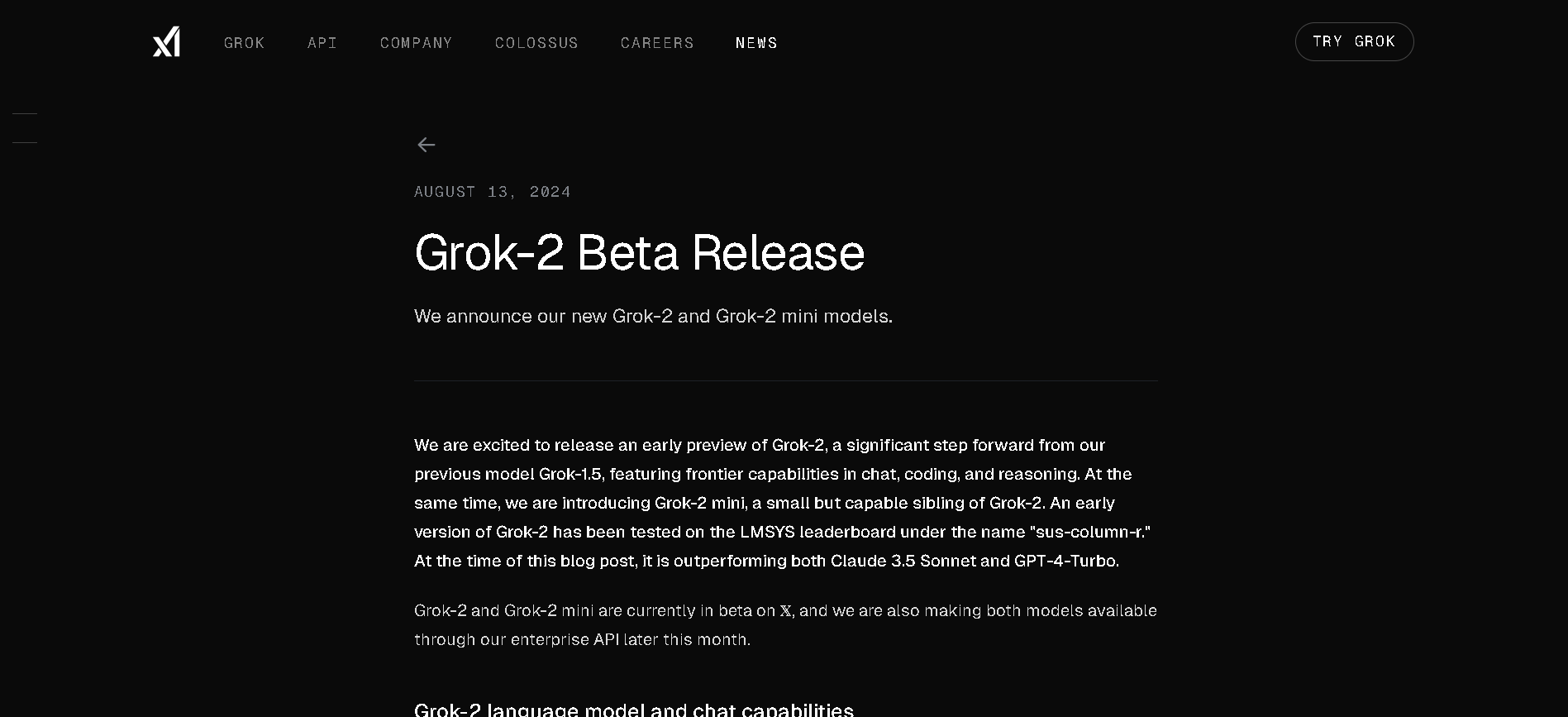
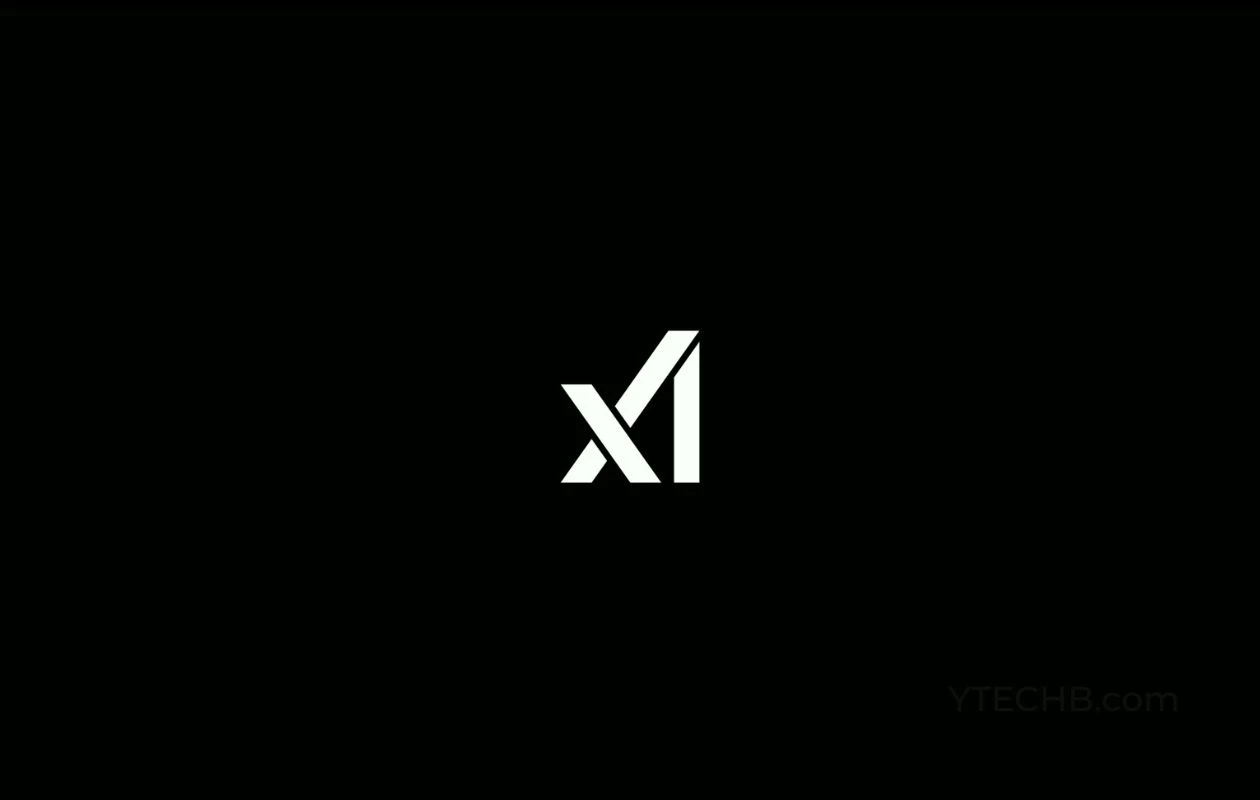
grok-2-vision
Grok 2 Vision (also known as Grok‑2‑Vision‑1212 or grok‑2‑vision‑latest) is xAI’s multimodal variant of Grok 2, designed specifically for advanced image understanding and generation. Launched in December 2024, it supports joint text+image inputs up to 32,768 tokens, excelling in visual math reasoning (MathVista), document question answering (DocVQA), object recognition, and style analysis—while also offering photorealistic image creation via the FLUX.1 model.


grok-2-vision
Grok 2 Vision (also known as Grok‑2‑Vision‑1212 or grok‑2‑vision‑latest) is xAI’s multimodal variant of Grok 2, designed specifically for advanced image understanding and generation. Launched in December 2024, it supports joint text+image inputs up to 32,768 tokens, excelling in visual math reasoning (MathVista), document question answering (DocVQA), object recognition, and style analysis—while also offering photorealistic image creation via the FLUX.1 model.


grok-2-vision
Grok 2 Vision (also known as Grok‑2‑Vision‑1212 or grok‑2‑vision‑latest) is xAI’s multimodal variant of Grok 2, designed specifically for advanced image understanding and generation. Launched in December 2024, it supports joint text+image inputs up to 32,768 tokens, excelling in visual math reasoning (MathVista), document question answering (DocVQA), object recognition, and style analysis—while also offering photorealistic image creation via the FLUX.1 model.
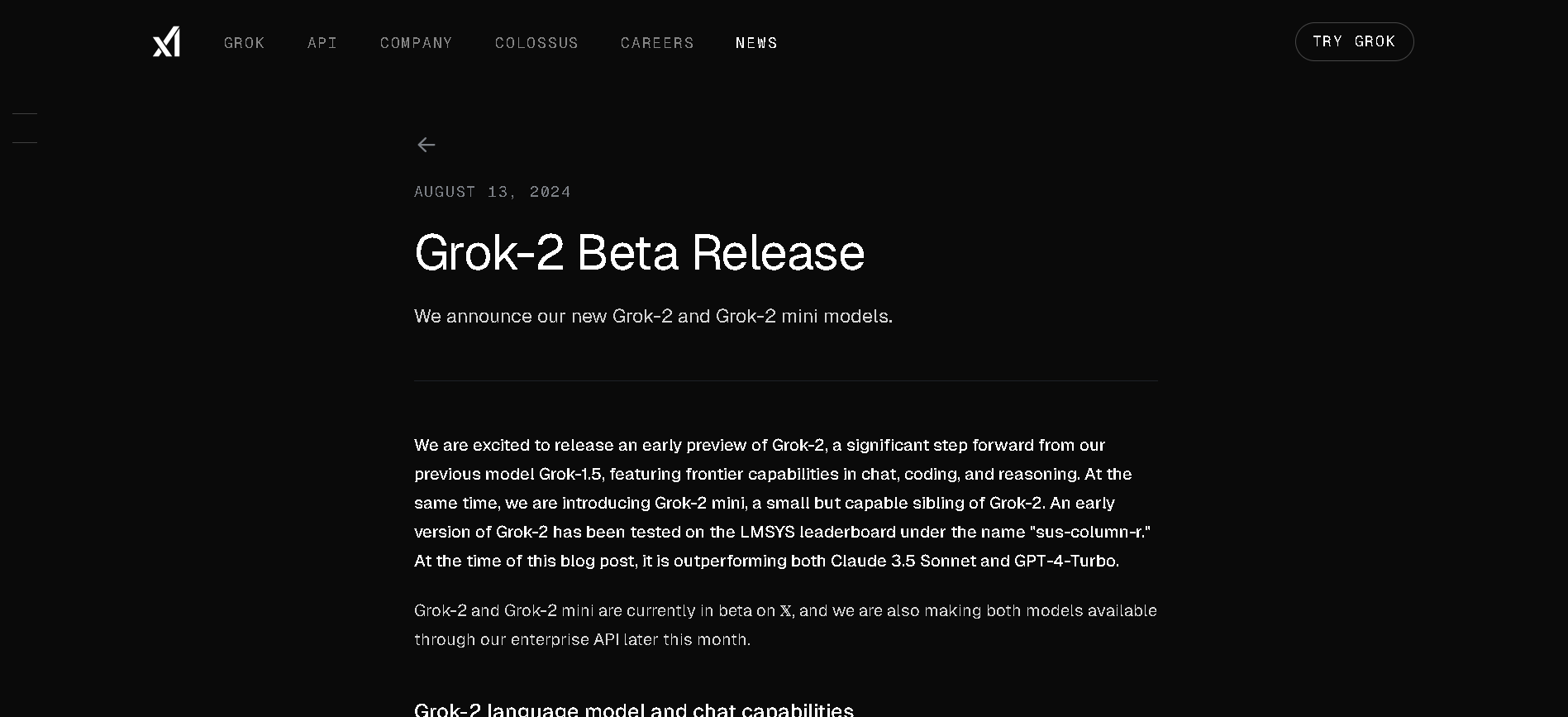
Grok 2 Vision is xAI’s advanced vision-enabled variant of Grok 2, launched in December 2024. It supports joint text + image inputs with a 32K-token context window, combining image understanding, document QA, visual math reasoning (e.g., MathVista, DocVQA), and photorealistic image generation via FLUX.1 (later complemented by Aurora). It scores state-of-the-art on multimodal tasks.

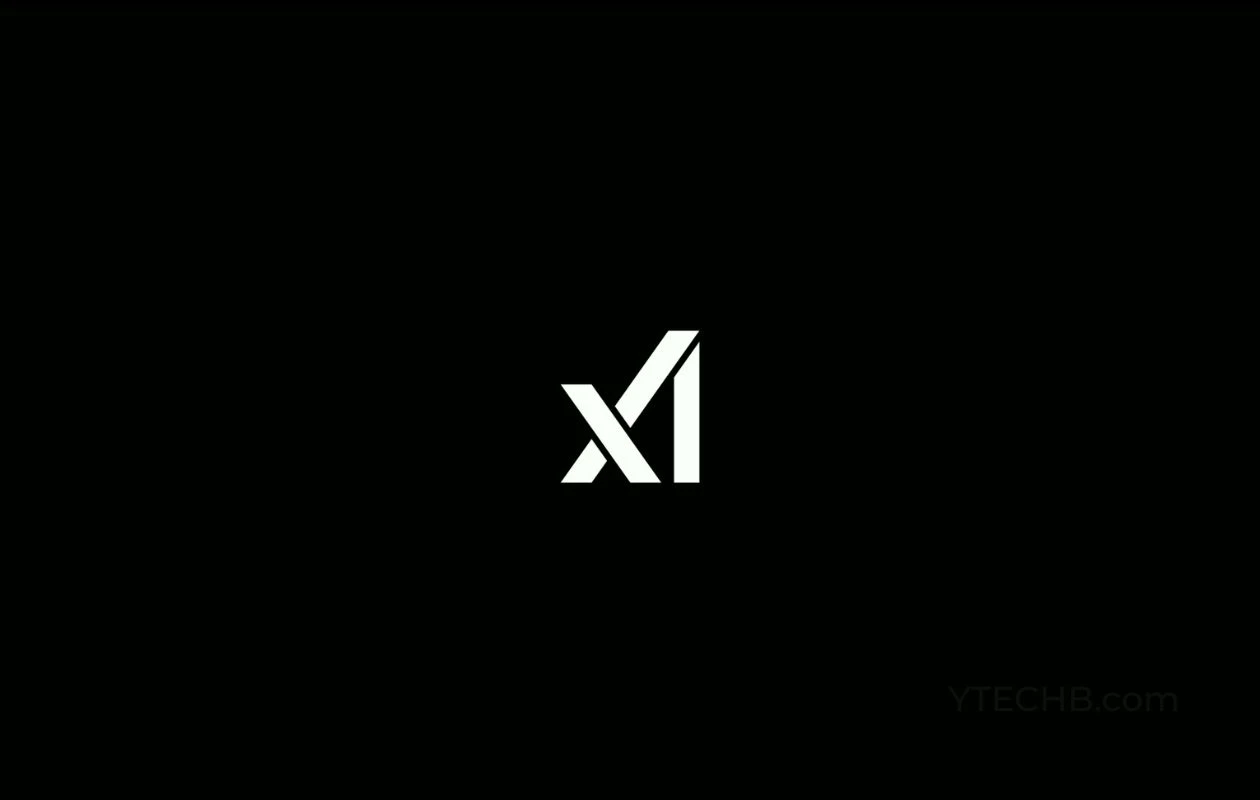
grok-2-vision-late..
Grok 2 Vision is xAI’s advanced vision-enabled variant of Grok 2, launched in December 2024. It supports joint text + image inputs with a 32K-token context window, combining image understanding, document QA, visual math reasoning (e.g., MathVista, DocVQA), and photorealistic image generation via FLUX.1 (later complemented by Aurora). It scores state-of-the-art on multimodal tasks.


grok-2-vision-late..
Grok 2 Vision is xAI’s advanced vision-enabled variant of Grok 2, launched in December 2024. It supports joint text + image inputs with a 32K-token context window, combining image understanding, document QA, visual math reasoning (e.g., MathVista, DocVQA), and photorealistic image generation via FLUX.1 (later complemented by Aurora). It scores state-of-the-art on multimodal tasks.
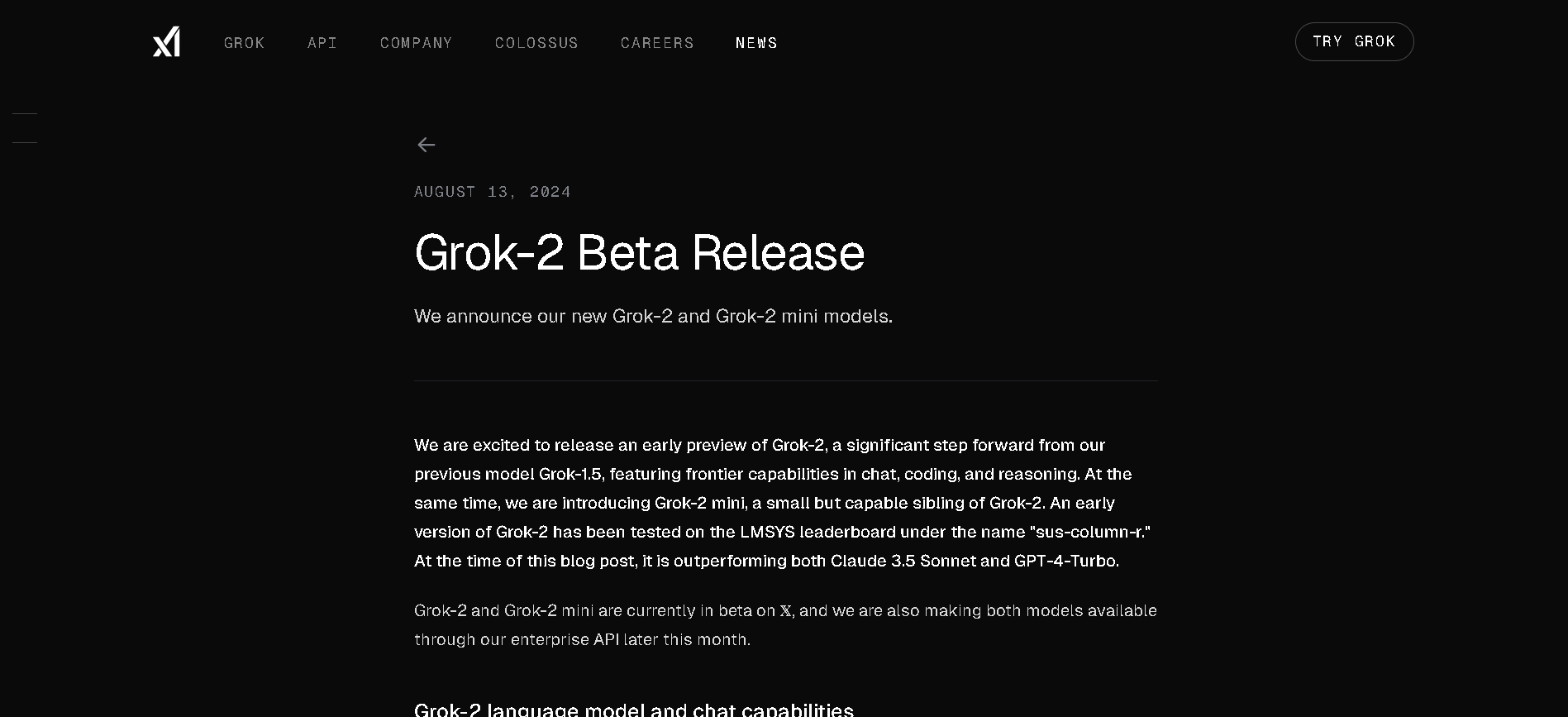
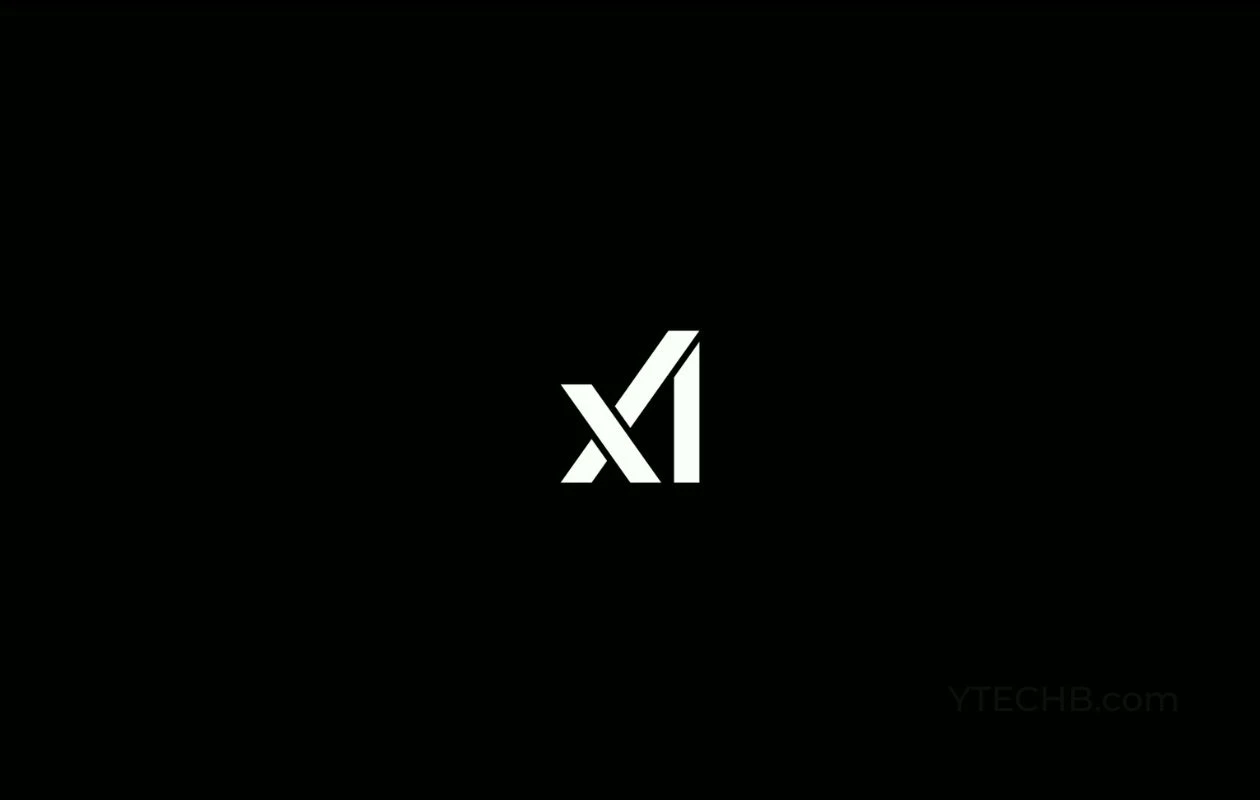
grok-2-vision-1212
Grok 2 Vision – 1212 is a December 2024 release of xAI’s multimodal large language model, fine-tuned specifically for image understanding and generation. It supports combined text and image inputs (up to 32,768 tokens) and excels in document question answering, visual math reasoning, object recognition, and photorealistic image generation powered by FLUX.1. It also supports API deployment for developers and enterprises.


grok-2-vision-1212
Grok 2 Vision – 1212 is a December 2024 release of xAI’s multimodal large language model, fine-tuned specifically for image understanding and generation. It supports combined text and image inputs (up to 32,768 tokens) and excels in document question answering, visual math reasoning, object recognition, and photorealistic image generation powered by FLUX.1. It also supports API deployment for developers and enterprises.


grok-2-vision-1212
Grok 2 Vision – 1212 is a December 2024 release of xAI’s multimodal large language model, fine-tuned specifically for image understanding and generation. It supports combined text and image inputs (up to 32,768 tokens) and excels in document question answering, visual math reasoning, object recognition, and photorealistic image generation powered by FLUX.1. It also supports API deployment for developers and enterprises.
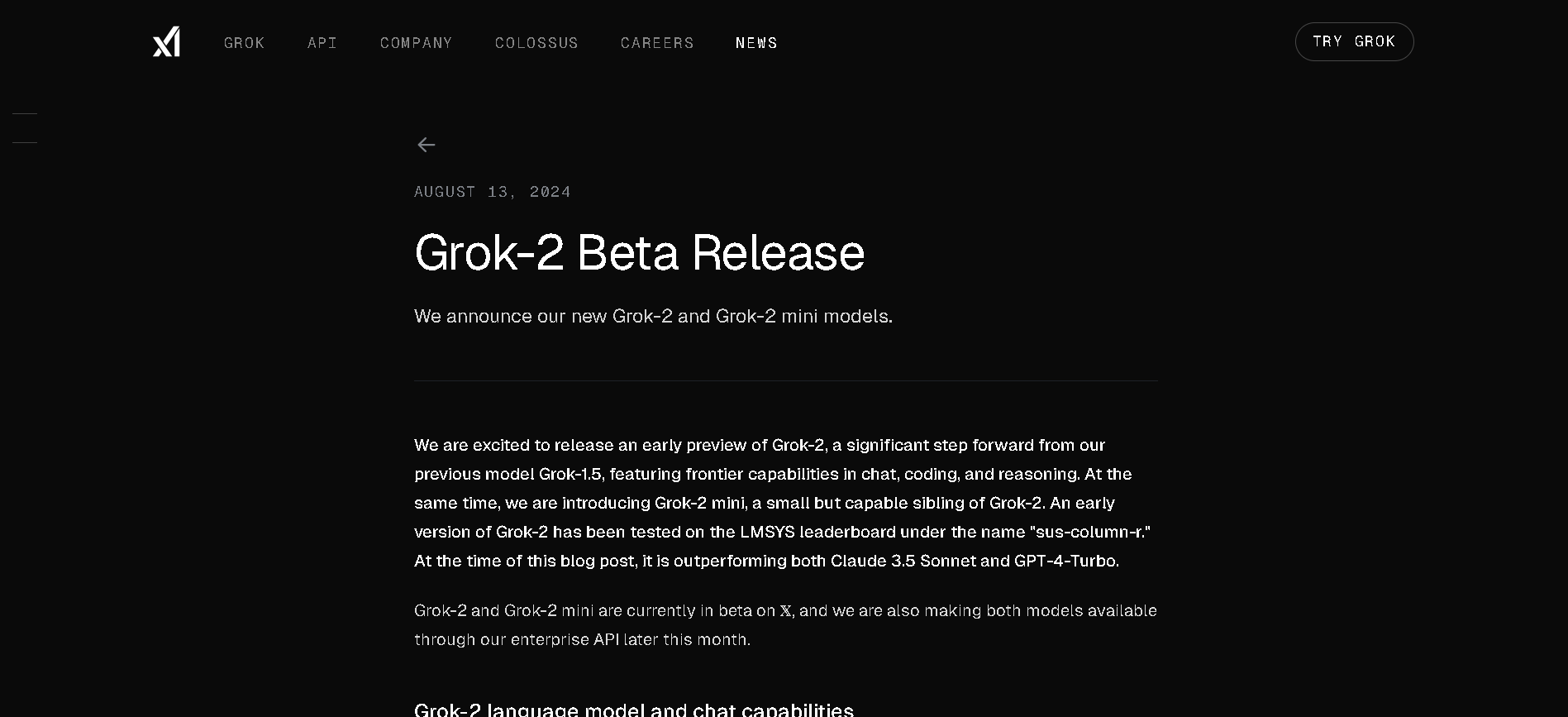
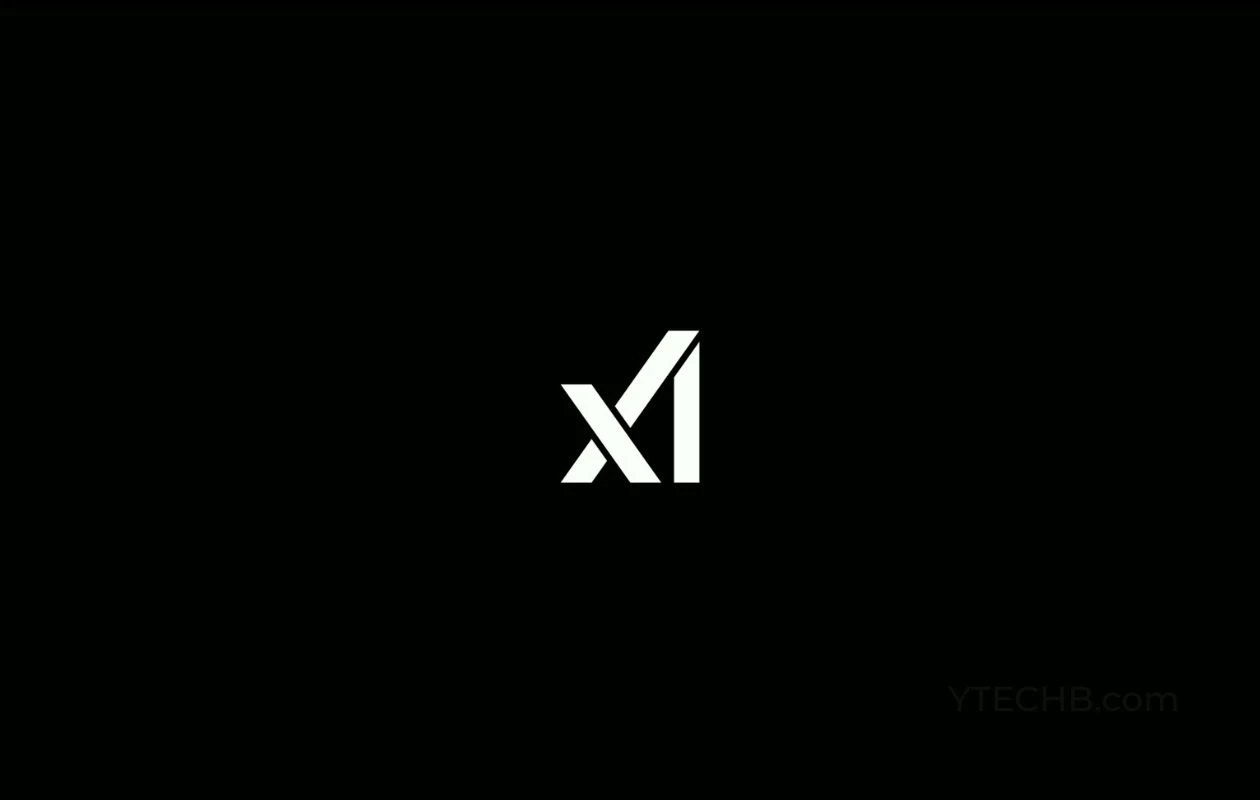
grok-2-image-1212
Grok 2 Image 1212 (also known as grok-2-image-1212) is xAI’s December 2024 release of their unified image generation and understanding model. Built on Grok 2, it combines Aurora-powered photorealistic image creation with strong multimodal comprehension—handling image editing, vision QA, chart interpretation, and document analysis—within a single API and 32,768-token context.


grok-2-image-1212
Grok 2 Image 1212 (also known as grok-2-image-1212) is xAI’s December 2024 release of their unified image generation and understanding model. Built on Grok 2, it combines Aurora-powered photorealistic image creation with strong multimodal comprehension—handling image editing, vision QA, chart interpretation, and document analysis—within a single API and 32,768-token context.


grok-2-image-1212
Grok 2 Image 1212 (also known as grok-2-image-1212) is xAI’s December 2024 release of their unified image generation and understanding model. Built on Grok 2, it combines Aurora-powered photorealistic image creation with strong multimodal comprehension—handling image editing, vision QA, chart interpretation, and document analysis—within a single API and 32,768-token context.
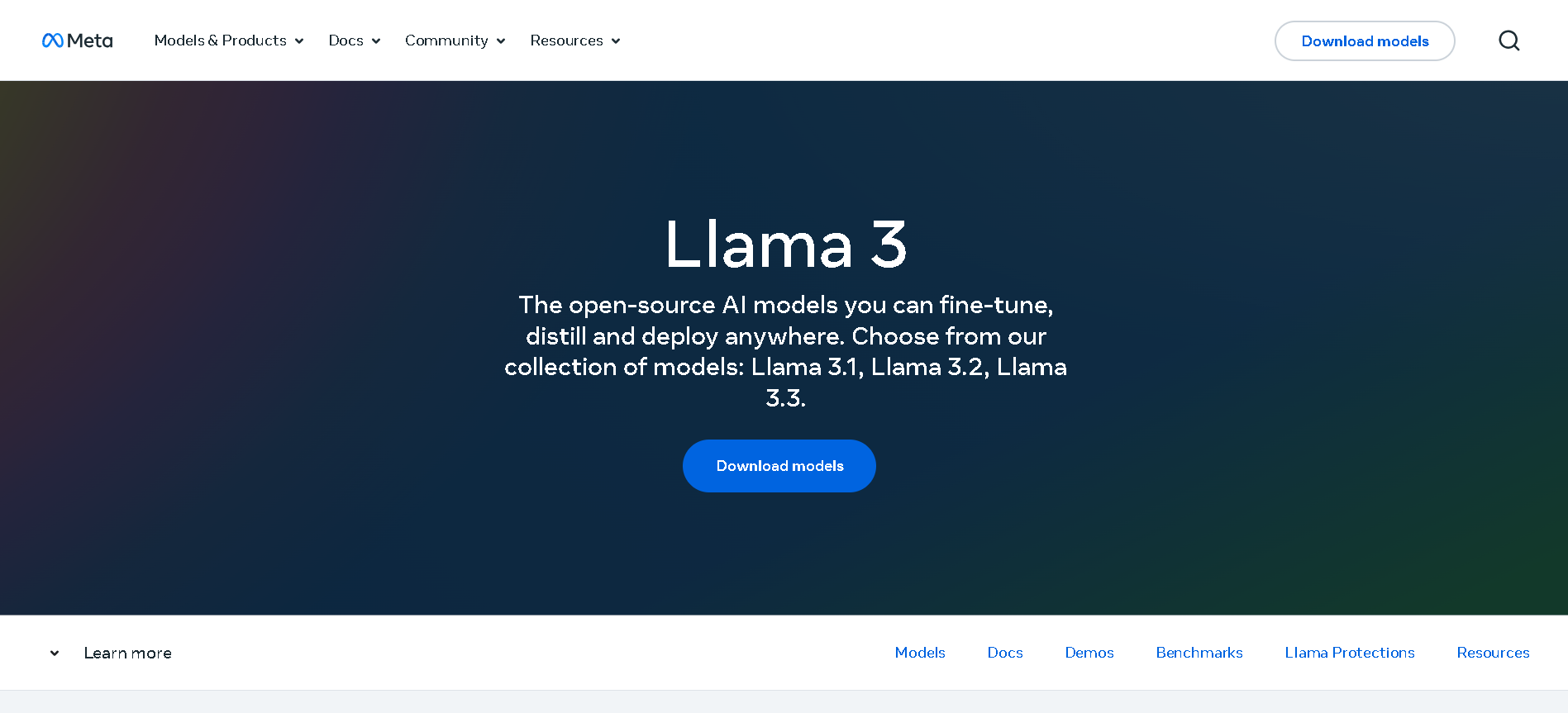
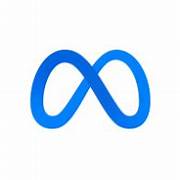
Meta Llama 3.1
Llama 3.1 is Meta’s most advanced open-source Llama 3 model, released on July 23, 2024. It comes in three sizes—8B, 70B, and 405B parameters—with an expanded 128K-token context window and improved multilingual and multimodal capabilities. It significantly outperforms Llama 3 and rivals proprietary models across benchmarks like GSM8K, MMLU, HumanEval, ARC, and tool-augmented reasoning tasks.


Meta Llama 3.1
Llama 3.1 is Meta’s most advanced open-source Llama 3 model, released on July 23, 2024. It comes in three sizes—8B, 70B, and 405B parameters—with an expanded 128K-token context window and improved multilingual and multimodal capabilities. It significantly outperforms Llama 3 and rivals proprietary models across benchmarks like GSM8K, MMLU, HumanEval, ARC, and tool-augmented reasoning tasks.


Meta Llama 3.1
Llama 3.1 is Meta’s most advanced open-source Llama 3 model, released on July 23, 2024. It comes in three sizes—8B, 70B, and 405B parameters—with an expanded 128K-token context window and improved multilingual and multimodal capabilities. It significantly outperforms Llama 3 and rivals proprietary models across benchmarks like GSM8K, MMLU, HumanEval, ARC, and tool-augmented reasoning tasks.
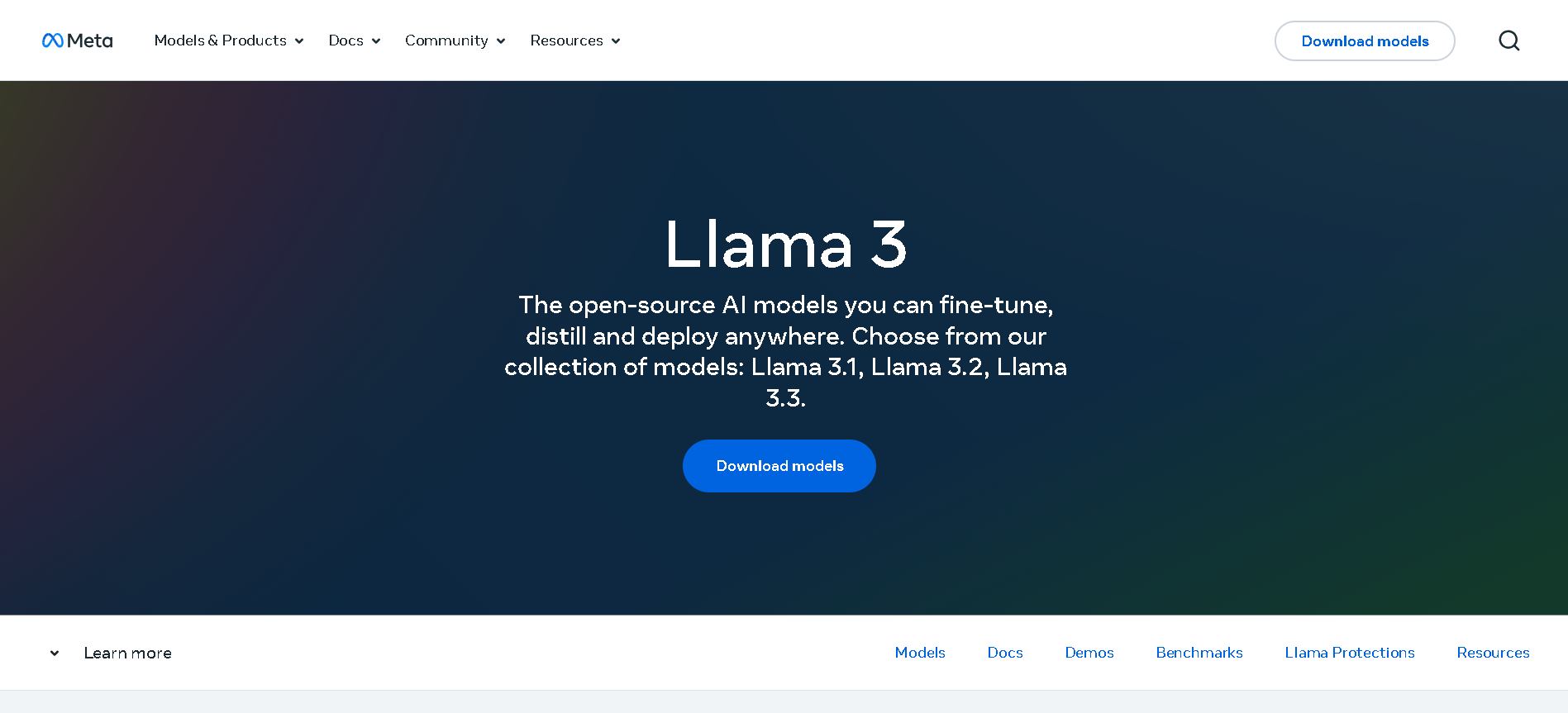
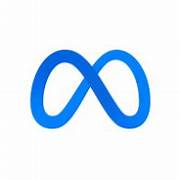
Meta Llama 3.2
Llama 3.2 is Meta’s multimodal and lightweight update to its Llama 3 line, released on September 25, 2024. The family includes 1B and 3B text-only models optimized for edge devices, as well as 11B and 90B Vision models capable of image understanding. It offers a 128K-token context window, Grouped-Query Attention for efficient inference, and opens up on-device, private AI with strong multilingual (e.g. Hindi, Spanish) support.


Meta Llama 3.2
Llama 3.2 is Meta’s multimodal and lightweight update to its Llama 3 line, released on September 25, 2024. The family includes 1B and 3B text-only models optimized for edge devices, as well as 11B and 90B Vision models capable of image understanding. It offers a 128K-token context window, Grouped-Query Attention for efficient inference, and opens up on-device, private AI with strong multilingual (e.g. Hindi, Spanish) support.


Meta Llama 3.2
Llama 3.2 is Meta’s multimodal and lightweight update to its Llama 3 line, released on September 25, 2024. The family includes 1B and 3B text-only models optimized for edge devices, as well as 11B and 90B Vision models capable of image understanding. It offers a 128K-token context window, Grouped-Query Attention for efficient inference, and opens up on-device, private AI with strong multilingual (e.g. Hindi, Spanish) support.
Editorial Note
This page was researched and written by the ATB Editorial Team. Our team researches each AI tool by reviewing its official website, testing features, exploring real use cases, and considering user feedback. Every page is fact-checked and regularly updated to ensure the information stays accurate, neutral, and useful for our readers.
If you have any suggestions or questions, email us at hello@aitoolbook.ai
